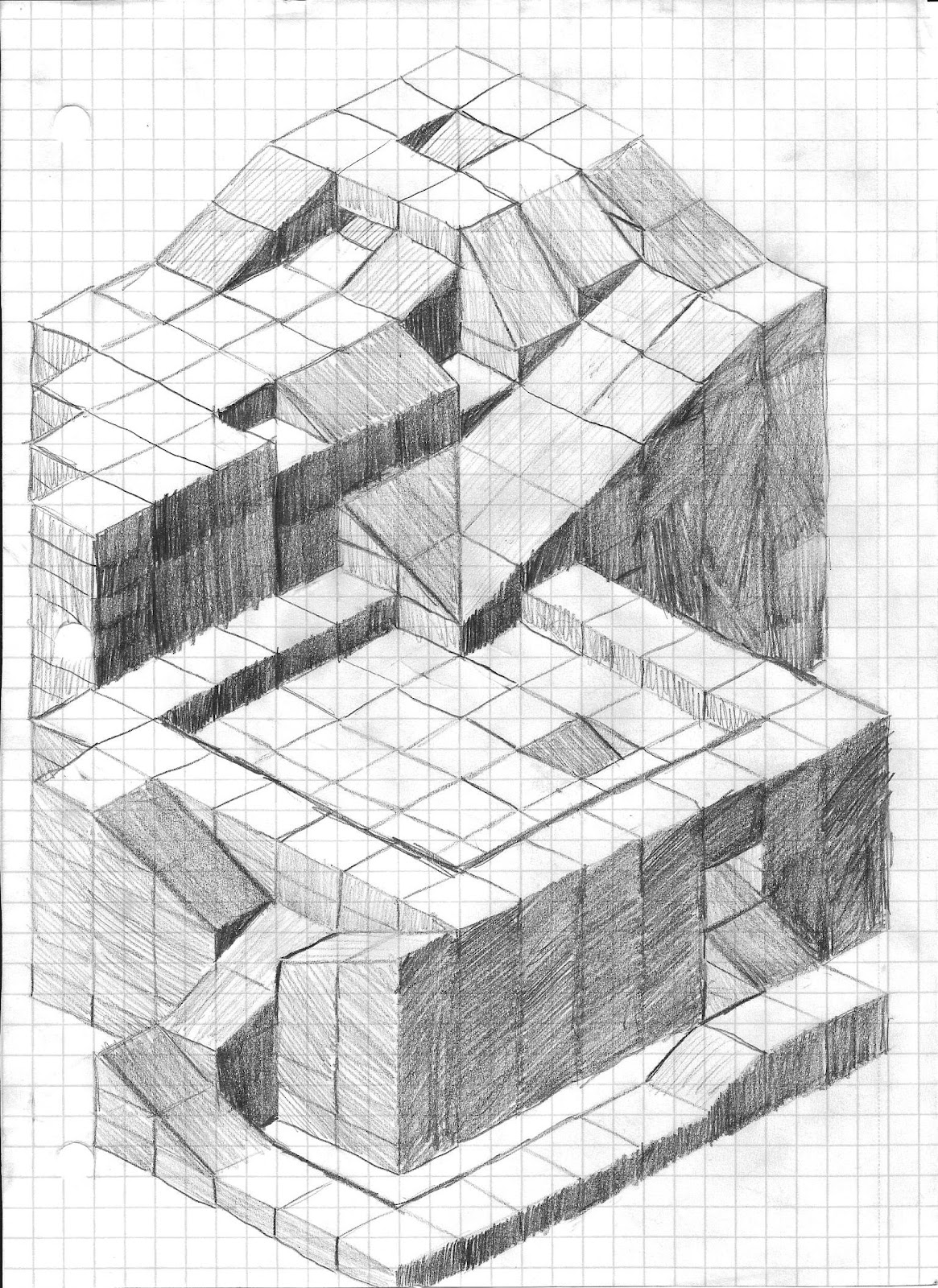Isometric views drawing exercises problem simple drawings answers paintingvalley
Table of Contents
Table of Contents
Are you tired of struggling with drawing isometric projections? Do you want to learn how to create accurate and professional-looking isometric drawings? Look no further, as we will guide you through the process of drawing isometric in this post.
Creating isometric drawings can be frustrating, especially if you’re a beginner. It’s easy to get overwhelmed with the technicalities and end up with an inaccurate projection. This can lead to wasted time and resources, not to mention the frustration that comes with not being able to create a drawing that accurately represents your idea.
The first step in drawing an isometric projection is to understand what it is. An isometric projection is a method used to represent a 3D object on a 2D surface. It aims to create an illusion of depth by using angles of 30 degrees in all axes. It’s commonly used in technical drawings of buildings, products, and machines.
To draw an isometric projection, you will need a few essential tools. These include a ruler, a pencil, an eraser, and a set square. Once you have these tools, you can start by drawing a horizon line and a basic box shape. From there, you can add details and dimensions to create a more accurate projection.
My Experience Drawing Isometric
As an industrial designer, I use isometric projections almost every day. One of the biggest challenges I faced when starting was the angle of the axes. It took me some time to train my eyes and hands to create accurate angles without a protractor. However, over time, I developed a technique that helped me create precise projections in no time.
Tips for Drawing Accurate Isometric Projections
1. Start with a basic box shape, and add details gradually to avoid mistakes.
2. Use a set square to create accurate angles.
3. Make sure all lines are of equal length.
4. Use different line weights to distinguish different details and planes.
Adding Depth and Dimension in Isometric Projections
One of the most significant advantages of isometric projections is their ability to show depth and dimension accurately. To add depth to your drawing, you need to start by creating planes of varying heights. This can be done by adding more layers to your basic box shape, or by “cutting” parts of the box to create openings that reveal internal details.
Avoiding Common Mistakes in Isometric Projections
One of the most common mistakes in isometric projections is inaccurate angles. A 1-degree deviation from 30 degrees can cause significant errors in your projection. To avoid this, practice creating accurate angles using a set square, and use guides such as dots or markings to ensure your lines are of equal length.
Drawing Isometric on Computer Software
While hand-drawn isometric projections are still widely used, digital drawings have become increasingly popular, especially in the age of computer-aided design (CAD). CAD software such as AutoCAD and SketchUp enables users to create precise and accurate isometric projections with ease.
Question and Answer:
1. Can I use isometric drawings for architecture?
Yes, isometric projections are widely used in architecture to represent buildings and infrastructure accurately.
2. How do I add color to my isometric drawing?
You can add color to your isometric drawing by using pencil colors or digital painting software.
3. Can I use isometric projections on irregular shapes?
Yes, isometric projections can be used on irregular shapes as long as the angles of the axes remain constant.
4. What are some common applications of isometric projections?
Isometric projections are commonly used in product design, architecture, engineering, and gaming.
Conclusion of How to Draw Isometric
Drawing isometric projections can be tricky, especially for beginners. However, with the right tools, techniques, and practice, anyone can create accurate and professional-looking isometric drawings. Remember to start with a basic box shape, use a set square to create accurate angles, and add depth and dimensions to make your drawing more realistic. With these tips, you’ll be creating stunning isometric drawings in no time!
Gallery
Isometric Drawing | 3D Drawing

Photo Credit by: bing.com / paper isometric drawing drawings orthographic 3d draw geometric grid sketch shapes designs oblique examples dot sketching pstricks sketches cad graph
Gags’ Blog: Drawing: Isometric Sketch

Photo Credit by: bing.com / isometric sketch drawing drawings projection sketches paper architecture graph gags geometric 3d shapes sketching besøk meaning random scene ve been
Drawing Isometric From Two Orthographic Views - Engineering Stack Exchange

Photo Credit by: bing.com / isometric drawing orthographic engineering views two questions
Isometric Drawing Like & Repin. Noelito Flow. Noel Panda Http://www

Photo Credit by: bing.com / isometric drawing dibujo paper zeichnen isometrische isometrie technisches kunstunterricht zeichnung shapes drawings kunst exercises noelitoflow alphabet instagram noelito flow sketch
Simple Isometric Drawing Exercises With Answers

Photo Credit by: bing.com / isometric views drawing exercises problem simple drawings answers paintingvalley





